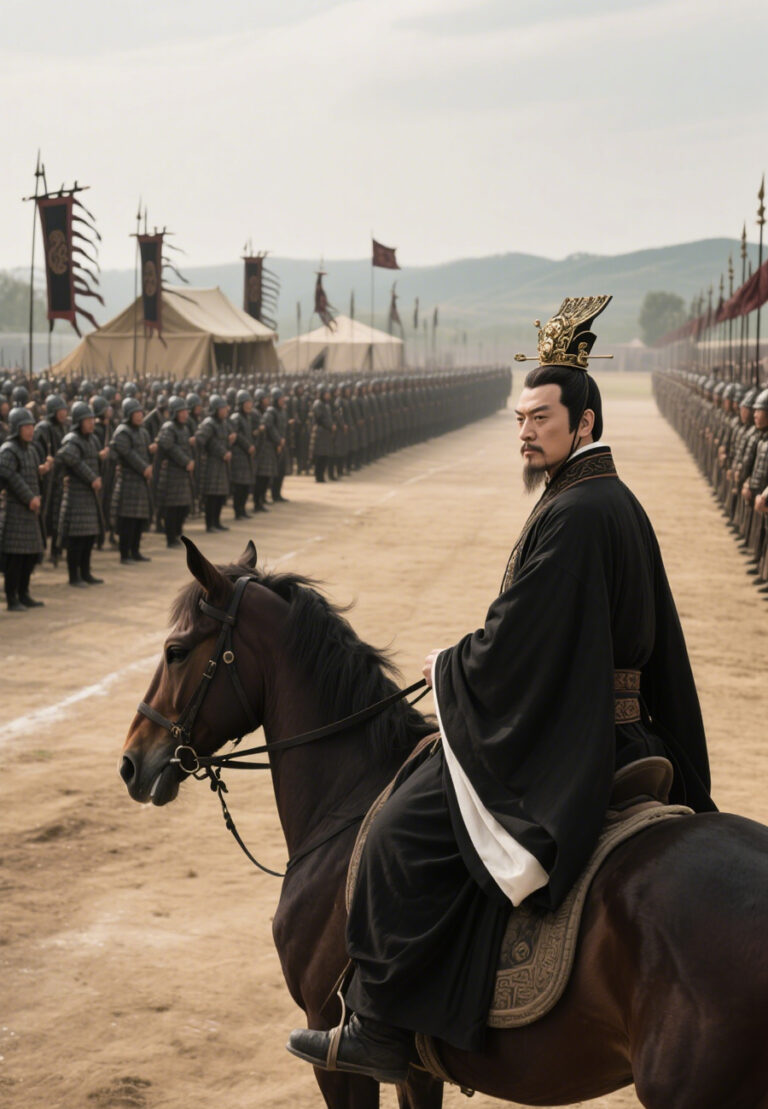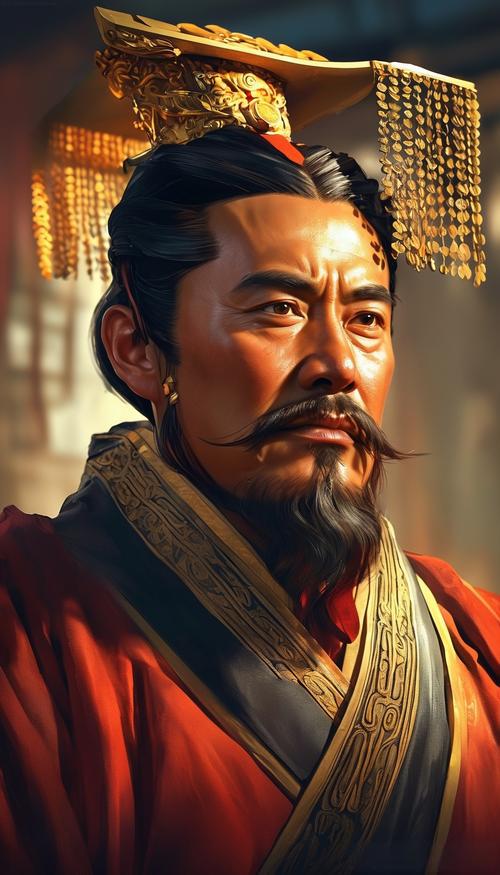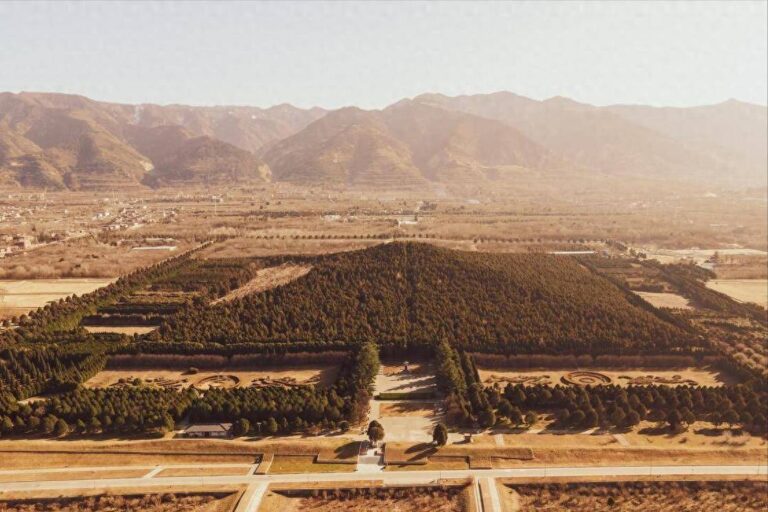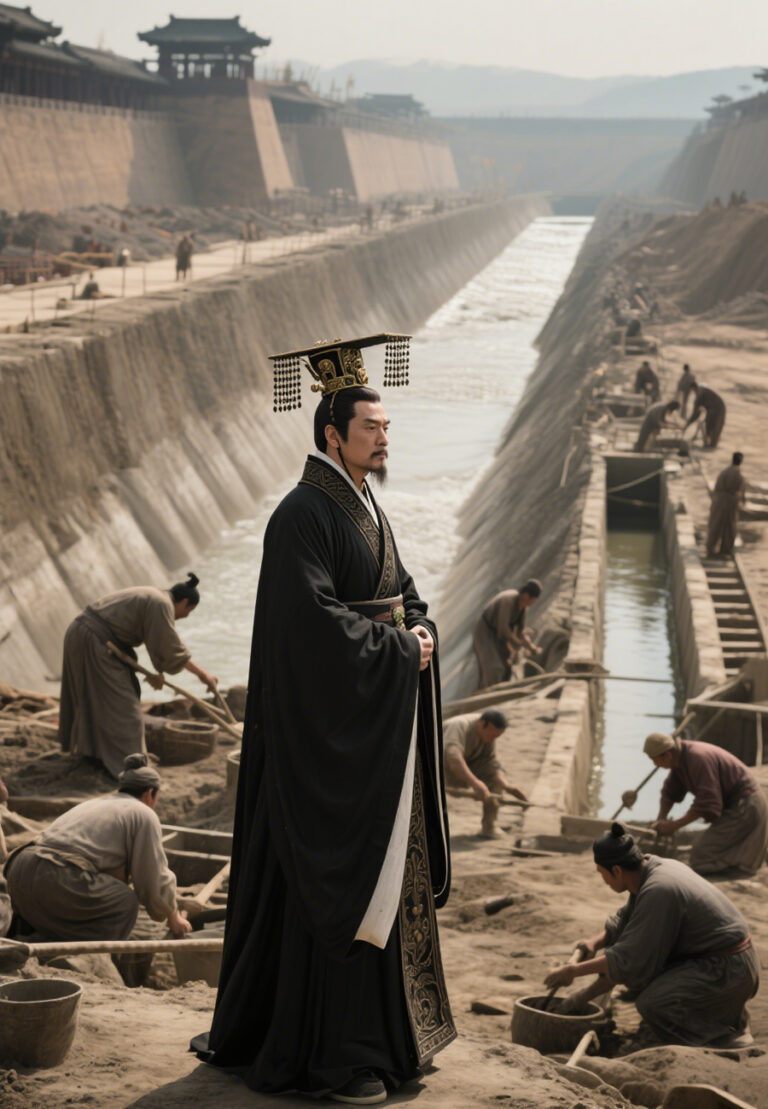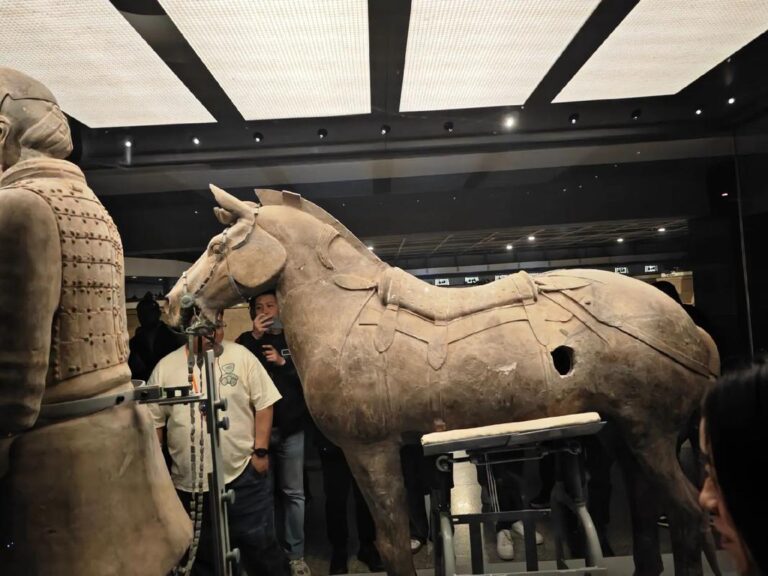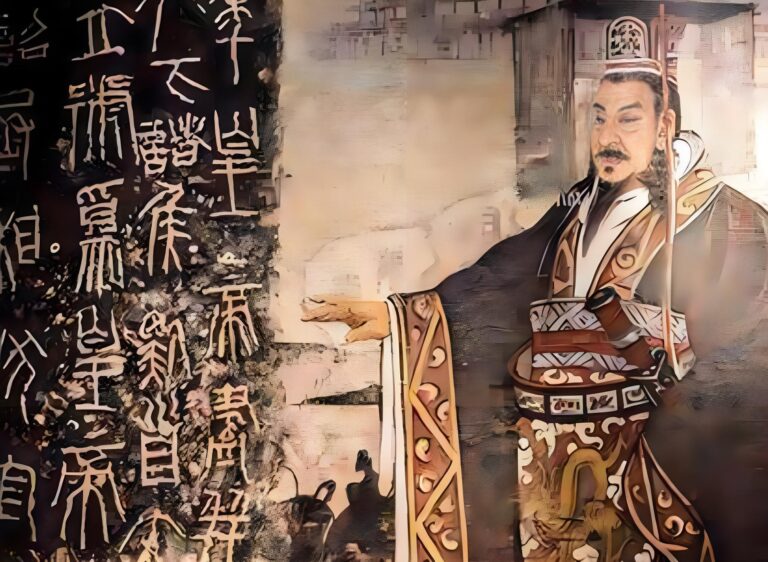What was Qin Shi Huang known for?
Qin Shi Huang: “The First Emperor of the Ancient World” in Chinese History
When it comes to Chinese history, Qin Shi Huang (259 BC-210 BC) is a name that cannot be forgotten. He was the first true emperor of China and one of the most controversial rulers in world history. His achievements and controversies are still widely discussed today. The following is a five-part analysis of what made him famous, with historical details that will allow American readers to better visualize his influence.

1. Reunification of China: Ending division and ushering in the age of empire
Before Qin Shi Huang, China was in the “Age of Warring States,” a period of division that lasted more than 500 years, with seven vassal states fighting against each other. In 221 B.C., Qin Shi Huang united the six states with an iron fist, ending the long period of division and establishing the Qin Dynasty, the first centralized feudal dynasty in Chinese history.
His unification was not only territorial, but also institutional and cultural. He abolished the feudal system and introduced the county system to centralize power, a model that was used by later dynasties for more than 2,000 years. In addition, he standardized the script (small seal script), currency (round square hole money) and weights and measures, which greatly facilitated economic and cultural exchanges. For example, the scripts of different countries were so different that a person from Qi might not be able to read a letter written by a person from Chu, but the unified script allowed the whole country to communicate with each other without any obstacles. This unification laid the foundation for the later Han and Tang dynasties, and even indirectly affected the overall development of East Asian civilization. American scholars have commented that “Qin Shi Huang’s unification, comparable to the legal system of the Roman Empire, laid down one of the most important political frameworks in the ancient world.”
2. Pioneering System: The Birth of the Emperor and Centralization of Power
The title “emperor” was invented by Qin Shi Huang. Believing that his achievements surpassed those of the legendary “Three Kings and Five Emperors,” he combined the words “emperor” and ‘Huang’ and called himself “First Emperor,” implying that he was the first emperor of the world. Therefore, he combined the words “emperor” and “empire” and called himself the “First Emperor”, meaning “the first emperor”, and hoped that his descendants would continue to be the ‘second’ and “third” emperors for ten thousand generations. This title not only symbolized supreme power, but also established the tradition of monarchical autocracy, which profoundly affected the political system of China and even East Asia.
In governing the country, he pursued a strict legalistic ideology, emphasizing law and efficiency. For example, he demanded that the width of roads be uniform throughout the country and that the wheelbase of vehicles be the same in order to increase the speed of transportation of troops and supplies. Although these measures were autocratic, they greatly improved administrative efficiency and have even been compared to “standardized management in ancient times” by modern scholars.

3. Magnificent Projects: The Great Wall, Tombs and Military Technology
Emperor Qin Shi Huang was famous for his “super projects”. In order to defend himself against the nomadic Huns in the north, he ordered the Great Walls of various countries to be connected into the “Great Wall of Ten Thousand Miles”. This project, although labor-intensive, became a symbol of China’s ancient defense system and was listed as a World Heritage Site by the United Nations in 1987.
His tomb (the Mausoleum of Qin Shi Huang in Xi’an) is even more legendary. According to records, the tomb was made of mercury to simulate rivers, lakes and oceans, topped with jewels to symbolize the starry sky, and equipped with a crossbow mechanism that fired automatically. In 1974, a terracotta warrior pit was discovered near the mausoleum. Thousands of life-size terracotta warriors were arranged in a military formation, which has been called the “Eighth Wonder of the World,” demonstrating the Qin Dynasty’s astonishing level of military organization and craftsmanship.
Qin military technology was also ahead of its time. For example, Qin crossbows were equipped with sights and had a range of 400 meters, far exceeding that of contemporary bows and arrows; bronze swords with chrome-plated surfaces prevented rusting, and their hardness was comparable to that of modern medium-carbon steel, making them nearly 2,000 years ahead of the United States.
4. Controversy and Cost: Tyranny and Resistance
Qin Shi Huang’s achievements were accompanied by great controversy. He burned books and pitted scholars against each other in an effort to control thought, and his harsh laws led to widespread popular discontent. Millions of laborers were recruited to build the Great Wall, tombs, and the Alhambra Palace, and many died of exhaustion or injury. The Qin law even stipulated that anyone who was late for a meeting was to be executed, regardless of the reason, and this extreme measure eventually led to a peasant revolt, which resulted in the end of the Qin dynasty after only 14 years.
Interestingly, his “failures” also left a historical legacy. For example, he failed to conquer the Baiyue region in the south (present-day Fujian), whose inhabitants retained the language and customs of the Warring States period. The Minnan dialect was even chosen by NASA as the Chinese dialect to be featured on the 1977 Voyager Gold Record, representing the voice of human civilization to the universe.

5. Historical Legacy: Global Impact Beyond the Ages
Qin Shi Huang’s influence extended far beyond China. The unified Qin dynasty extended from Inner Mongolia in the north to Vietnam in the south and Gansu in the west, laying the foundation for modern China. His model of centralization inspired later dynasties, and is even considered by some scholars to be the prototype of the “bureaucratic state” in East Asia.
From a global perspective, the Qin dynasty contrasts with the Ptolemaic dynasties of ancient Rome and Egypt. When Qin Shi Huang unified the Central Plains, Japan was still at the stage of primitive tribes, the Mayan civilization in the Americas had just entered a period of prosperity, and the Carthaginian and Egyptian civilizations in Africa, though powerful, failed to achieve a similar unification. This contrast emphasizes Qin Shi Huang’s advancement in political integration.
Conclusion
Qin Shi Huang was a complex contradiction: he was both a groundbreaking reformer and a brutal dictator; his projects demonstrated ambition but also cost the people dearly. Yet it is this complexity that makes him a classic case study in the rise and fall of ancient empires. For Americans, understanding the story of Qin Shi Huang is not only a key to understanding Chinese history, but also a way to see the timeless themes of power, innovation, and human play.
As Sima Qian wrote in the Records of the Grand Historian, “The King of Qin swept the Six Harmonies, and the tiger’s eye was not strong enough!” –These words are both a tribute to his achievements and an implicit reflection on the cost of history.

